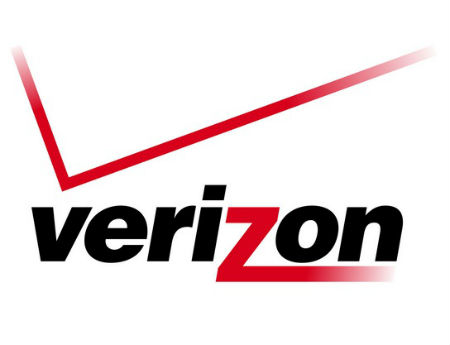Verizon FiOS Sub Growth Slows Again In Q3

Verizon Communications continued to add FiOS customers to the pot in the third quarter, but the rate of growth also continued to show signs of slowing on a year-over-year basis.
Verizon added 114,000 FiOS video customers, down 15% from the 135,000 added in the year-ago quarter, and signed on 162,000 FiOS Internet subs, down 6.4% from the year-ago period.
Verizon ended the third quarter with 6.5 million FiOS Internet subs and 5.5 million FiOS video subs, up 8.8% and 7%, respectively, from the year-ago quarter. Verizon ended the quarter with a FiOS Internet penetration of 40.6%, up from 39.2%, and FiOS video penetration of 35.5%, up from 34.9%.
On the Internet end, Verizon has begun to tout new symmetrical capabilities that enable its FiOS Internet service to match downstream and upstream speeds, a free upgrade designed to expose the relatively thin upstream path supported by cable’s widely deployed DOCSIS platform. Verizon said nearly 5 million FiOS customers have already been upgraded to the new “SpeedMatch” levels. About 57% of FiOS Internet subs take a tier that offers speeds in the range of 50 Mbps to 500 Mbps, up from 55% in the second quarter.
With DSL declines factored in, Verizon added 69,000 net broadband connections in the third quarter. During the quarter, Verizon migrated another 55,000 customers fiber, bringing its year-to-date total to about 200,000.
Verizon said its FiOS network passed 19.7 million premises by the end of the third quarter.
The telco posted total wireline revenues of $9.6 billion in the third quarter, down 0.8% year-over-year, while total FiOS revenues jumped 13.4%, to $3.2 billion.
The smarter way to stay on top of the multichannel video marketplace. Sign up below.
On the wireless end, Verizon added 1.5 million net retail connections, extending its total in the category to 106.2 million. Verizon said its XLTE platform, which adds capacity via the use of AWS-1 spectrum, is now available in more than 400 U.S. markets.
Verizon posted a third quarter profit of 89 cents per share on revenues of $31.6 billion, up 4.3%. Analysts were expecting a profit of 90 cents per share on revenue of $31.58 billion.
